Hippopotamus
- Price:
- US$ 8750
- CA$ 11375
Overview
The hippopotamus is one of Africa’s most iconic animals—and the third-largest land mammal after elephants and white rhinos.
Appearance & Adaptations
Despite their bulky size, hippos are surprisingly agile in water and on land. Their four webbed toes help distribute weight evenly for walking, while their short, powerful legs provide strong swimming ability. They have slate-gray skin with pinkish areas around the eyes and ears. Their thick, nearly hairless skin secretes a red, sunscreen-like fluid that helps prevent sunburn and infection. Their powerful jaws can open up to 150°—used in dominance displays and fights.
Behaviour & Social Life
Hippos are highly social, living in groups of 20–100 led by a dominant bull. During droughts, crowding around shrinking water sources increases aggression. Scars and fresh wounds are common from daily territorial clashes.
Diet & Lifestyle
Hippos are primarily nocturnal grazers. Each night, they leave the water to feed on up to 40 kg (88 lbs) of grass, covering up to 8 km (5 miles). Despite their size, they have relatively low energy needs due to their slow-paced, aquatic lifestyle.
Habitat
Hippos rely heavily on water or mud to regulate body temperature, as they lack sweat glands. Hippos spend most of their days submerged, only emerging at night to feed—always returning before dawn.
The hippo is widely found across sub-Saharan Africa’s rivers and lakes.

